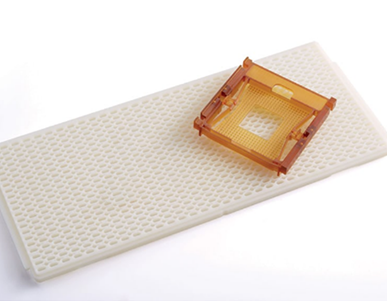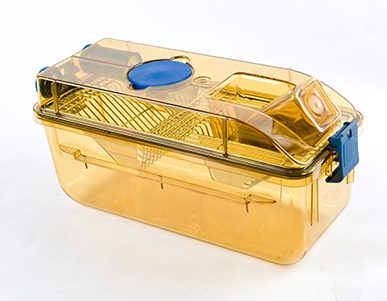Polyetherimide (PEI) is a high-performance thermoplastic known for its excellent mechanical properties, chemical resistance, and thermal stability. Due to these attributes, PEI is widely used in various industries, including aerospace, automotive, medical, and electronics. However, the cost of PEI plastic can be significantly influenced by several factors.
The cost of raw materials is a primary factor influencing the price of PEI plastic. PEI is produced from aromatic imide monomers, which are derived from petrochemical feedstocks. Fluctuations in the prices of these petrochemical feedstocks, driven by changes in crude oil prices, directly impact the cost of PEI. Additionally, the availability and price of these specific monomers can vary based on market demand and supply dynamics.

The manufacturing process of PEI involves several complex steps, including polymerization, extrusion, and granulation. The efficiency and scale of these processes can affect production costs. Advanced manufacturing technologies and economies of scale can reduce production costs, while smaller-scale production or less efficient processes can increase costs. Furthermore, the energy-intensive nature of the production process means that energy costs also play a significant role in the overall cost of PEI plastic.
PEI is often compounded with various additives to enhance its properties, such as flame retardants, UV stabilizers, and fillers to improve mechanical strength or reduce costs. The type and quantity of these additives can significantly influence the final cost of the material. High-performance additives can add to the cost, while fillers such as glass fibers or mineral fillers can reduce the cost per unit weight but may also alter the properties of the final product.
The balance between supply and demand is a crucial factor affecting the price of PEI plastic. High demand from industries such as aerospace, automotive, and electronics can drive up prices, especially if supply is constrained. Conversely, an oversupply situation or reduced demand can lead to lower prices. Market trends, technological advancements, and changes in industry standards or regulations can also impact the supply-demand balance.
Macroeconomic factors such as inflation, currency exchange rates, and global economic conditions can influence the cost of PEI plastic. For instance, inflation can increase the cost of raw materials, labor, and energy, all of which contribute to higher production costs. Exchange rate fluctuations can affect the cost of imported raw materials and the competitiveness of exports. Additionally, economic downturns can lead to reduced demand, putting downward pressure on prices.

Regulatory policies and environmental considerations can also impact the cost of special engineering plastic. Stringent environmental regulations may increase production costs due to the need for compliance with emission standards, waste management, and sustainable sourcing of raw materials. Conversely, government incentives for sustainable manufacturing practices and the use of eco-friendly materials can help offset some of these costs.
Advancements in manufacturing technologies and material science can lead to cost reductions over time. Innovations such as improved polymerization techniques, more efficient compounding processes, and the development of new additives can enhance the performance of PEI while reducing production costs. Continuous research and development efforts in the field of high-performance polymers contribute to the optimization of production processes and cost-efficiency.
The level of competition among PEI manufacturers and suppliers also affects pricing. A highly competitive market can lead to price reductions as companies strive to offer more cost-effective solutions. However, limited competition or the presence of dominant market players can result in higher prices. Additionally, strategic partnerships, mergers, and acquisitions within the industry can influence market dynamics and pricing strategies.
The cost of PEI plastic is influenced by a complex interplay of factors including raw material prices, manufacturing processes, supply and demand dynamics, economic conditions, regulatory requirements, technological advancements, and market competition. Understanding these factors is essential for manufacturers, suppliers, and end-users to make informed decisions and optimize their use of PEI plastic in various applications. As the market evolves and new technologies emerge, the cost dynamics of PEI are likely to continue changing, presenting both challenges and opportunities for the industry.
By continuing to use the site you agree to our privacy policy Terms and Conditions.